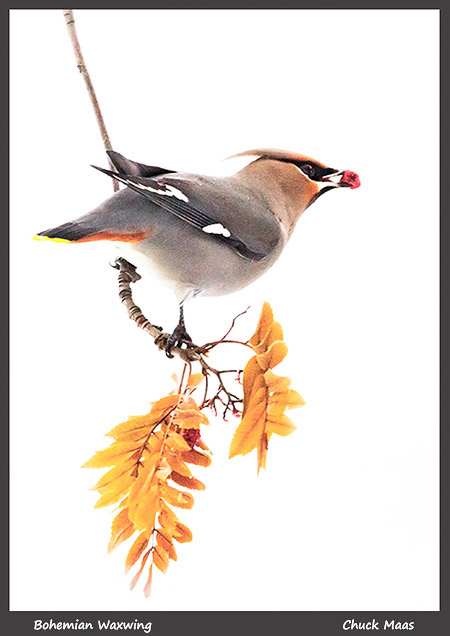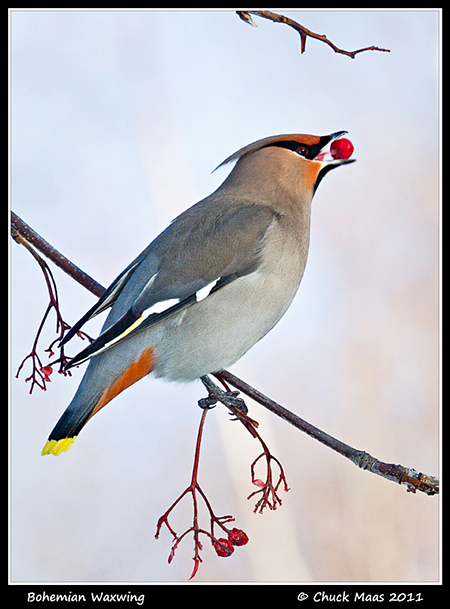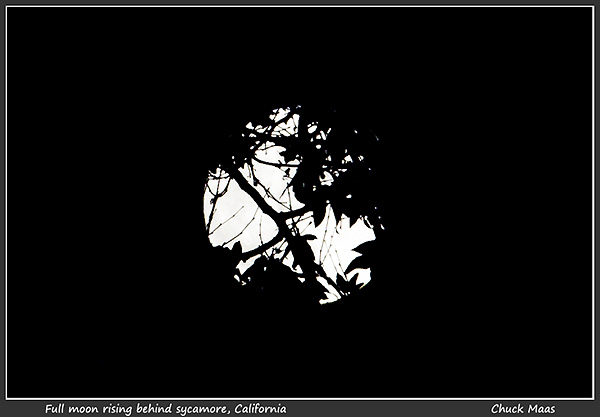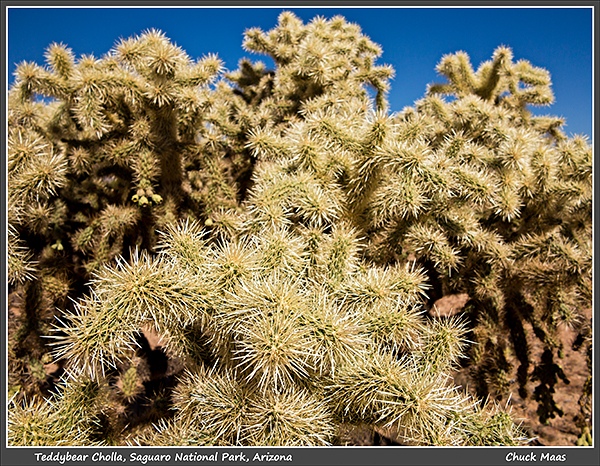Top-end 1.5x or 1.6x crop-sensor bodies from Canon and Nikon (like the 7D and D300S respectively) have been immensely popular with wildlife photographers who almost always benefit from a little extra reach. But each of these models has gone a long time without an upgrade (both came to market in mid-2009), leading many to wonder whether or not they will eventually have successors.
This week a spec list for the rumored Canon 7D Mark II popped up with predictions of an August 2013 release. The features certainly look attractive, though the suggested price creep to roughly $2,200 is less welcome. Nikon, on the other hand, formally announced the D7100 two days ago, not a replacement for the D300S per se, but with a lot of very attractive features, among them a sensor without an anti-aliasing filter. DPReview’s Hands-on Preview provides a thorough rundown, while Thom Hogan adds additional insight and commentary in his Feb. 22 post here. This perhaps raises more questions than provides answers, especially for Nikon. The D7100 is very well appointed for a $1,200 camera body; what might a D400 offer without eating into FX (full frame) territory? On the Canon side, if the 7D2 sensor really measures up, I can see it being extremely popular with nature photographers. For both brands though, improved sensors continue to demand more of lenses and critical users will derive the best results from careful optics choices.
For both Canon and Nikon the emphasis of late has been on full frame sensors, like the recently released entry level 6D and D600. We’ll have to wait and see whether semi-pro APS-C bodies will continue to be made available. For a concise Canon and Nikon body timelines consult Keith Cooper’s site (scroll to the bottom).




